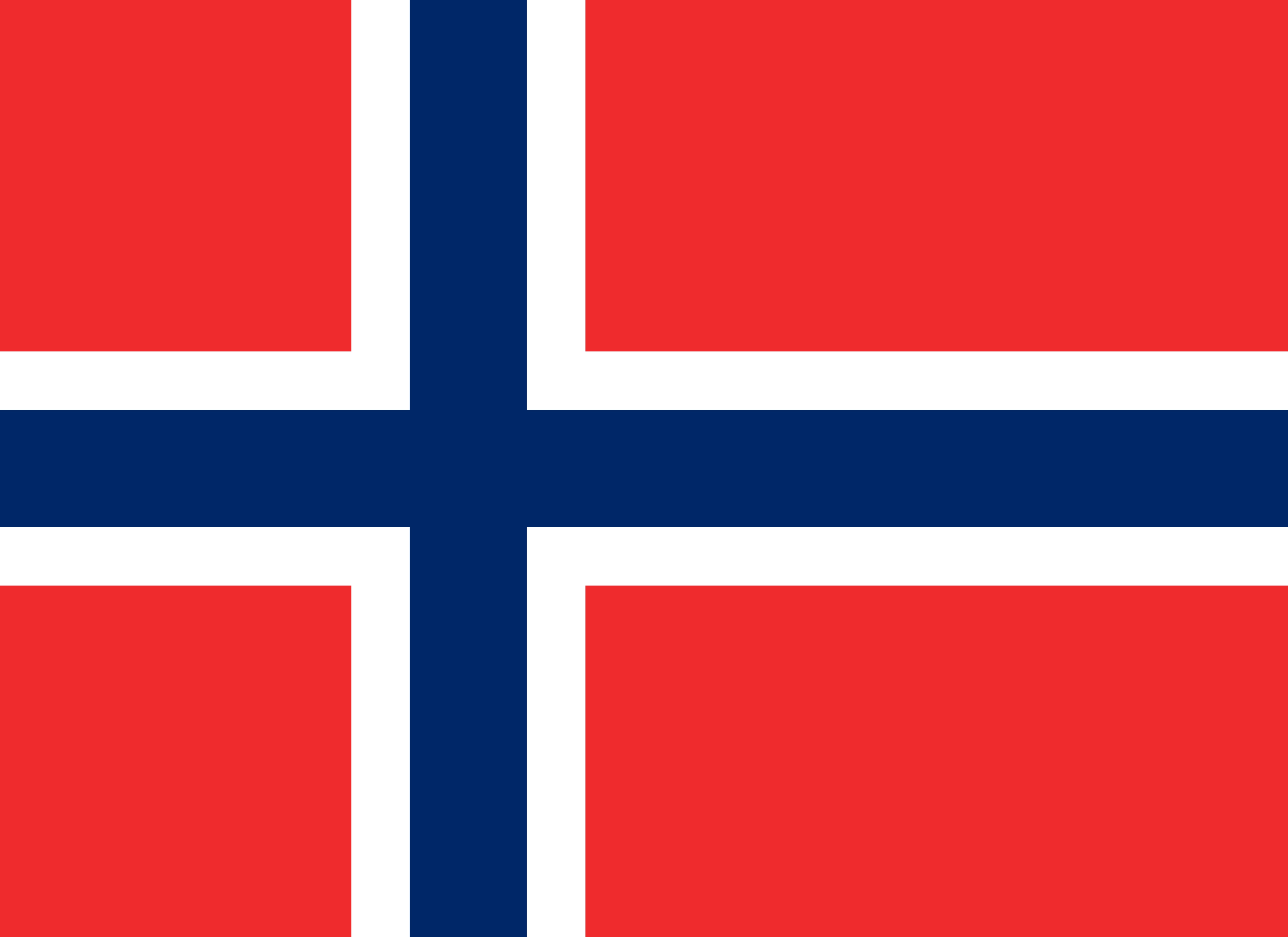Norway flag.jpg

Norsk Kjernekraft (NK) has submitted a proposal to Norway’s Ministry of Oil and Energy for an assessment of the possibility of constructing a nuclear power plant based on multiple small modular reactors (SMRs) in the municipalities of Aure and Heim. NK said that this marks the first formal step towards the construction of country’s first nuclear power plant.
According to the preliminary plan, the new power plant will be located in a common industrial area in the border region between Aure and Heim. NK noted that other areas in the municipalities may also be relevant. The plant will consist of several SMRs. Together they will generate around twelve terawatts of electricity annually. This corresponds to an increase in power production of about eight percent.
NK signed an agreement of intent earlier this year on the investigation of nuclear power prospects with several municipalities which include Aure and Heim.
In June, NK signed a letter of intent with TVO Nuclear Services to jointly investigate the deployment of SMRs in Norway. TVO is a consulting company wholly owned by Finnish utility Teollisuuden Voima Oyj. The cooperation agreement included the assessment of the suitability and effectiveness of the development of nuclear power in the Norwegian municipalities of Aure, Heim, Narvik and Vardø.
Together with NK, Aure and Heim have now found a suitable area. The new plant is “to ensure that the municipality's greenhouse gas emissions are reduced, while at the same time further green industry can be established”.
An environmental impact assessment can begin once the proposal for the new plant has been approved by the Ministry of Oil and Energy. NK said that it was planning a transparent process with the public. The involvement of the local population will be important.
First, the impact assessment will have to show that the facility can be built within acceptable limits. Then licensing processes will follow in accordance with Norwegian laws and regulations. After these two phases are complete, construction can finally start. NK noted that several important milestones must be achieved before major investments and final decisions can be made.
Jonny Hesthammer is the CEO of NK. He said, "Aure and Heim are in the running, and with political will and acceptance among the citizens, we can have nuclear power in place in 10 years, depending on how quickly the authorities process the application. Half of Norway's total energy consumption is still fossil fuels. The power plant planned in Aure and Heim will thus contribute to significant electrification and emission reductions. With good maintenance, the plant can last up to a hundred years. It will therefore be able to deliver cheap electricity to the inhabitants for many decades after it has been paid off.”
NK intends to construct, own and operate SMR power plants in Norway in collaboration with power-intensive industries. It states that it will prepare license applications in accordance with national regulation and international standards. NK will follow the International Atomic Energy Agency’s approach for milestones. It will focus on what creates value in the early phase. Financing will occur in collaboration with capital-strong industry and solid financial players.
Last July, NK and Denmark’s Seaborg signed a letter of intent to study the deployment of Seaborg’s compact molten salt reactor in Norway. However, NK has said that it intends to initially establish SMRs based on conventional nuclear technology.